- Pine Cliff Resort
- Campgrounds & RV Parks
- Wisconsin
- Campgrounds & RV Parks in Sheboygan County
- Ice Age National Scenic Trail - Dispersed Camping Site

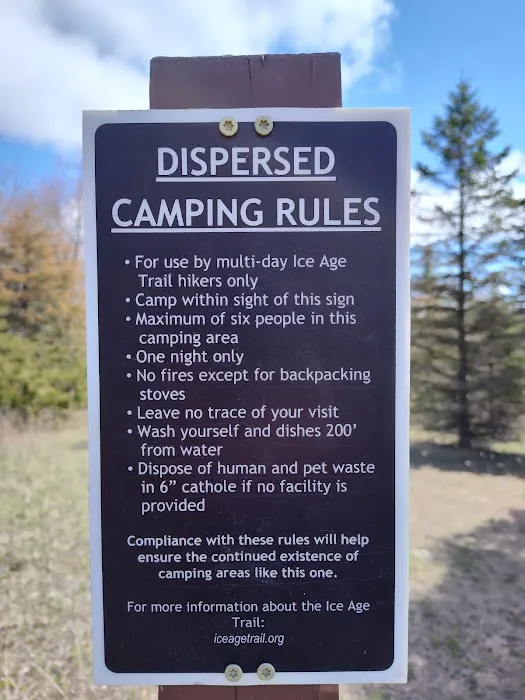
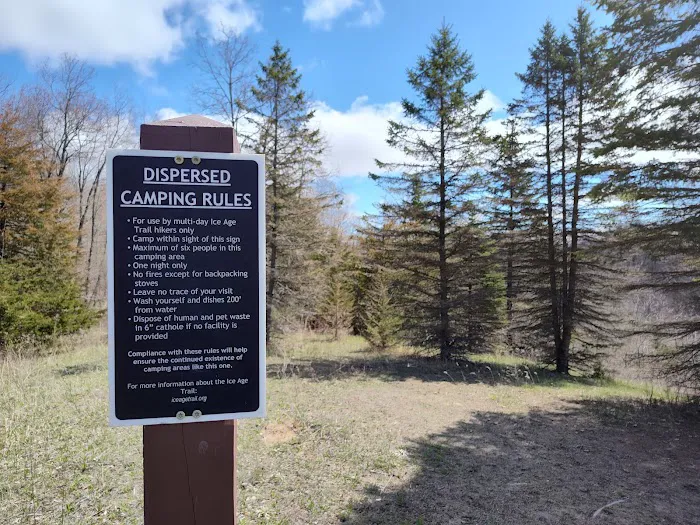
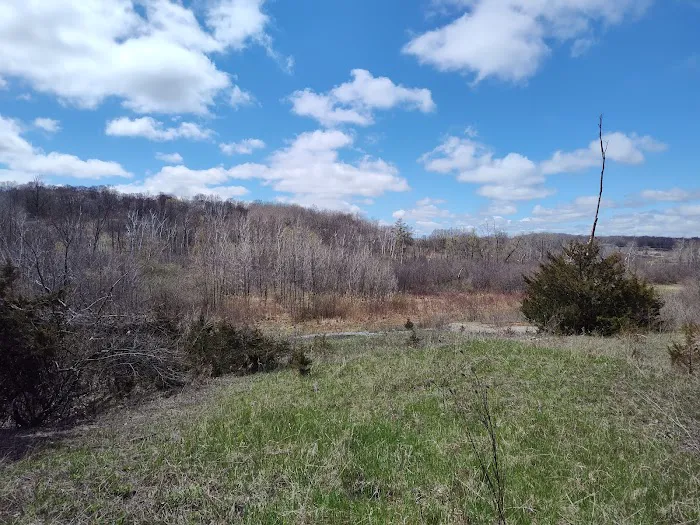
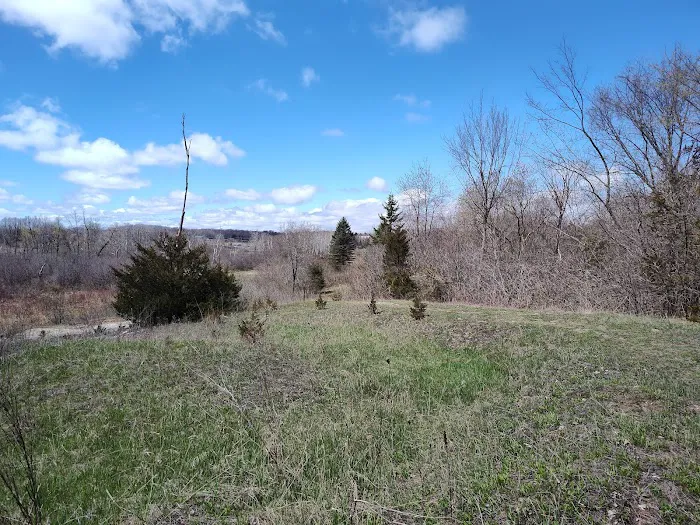
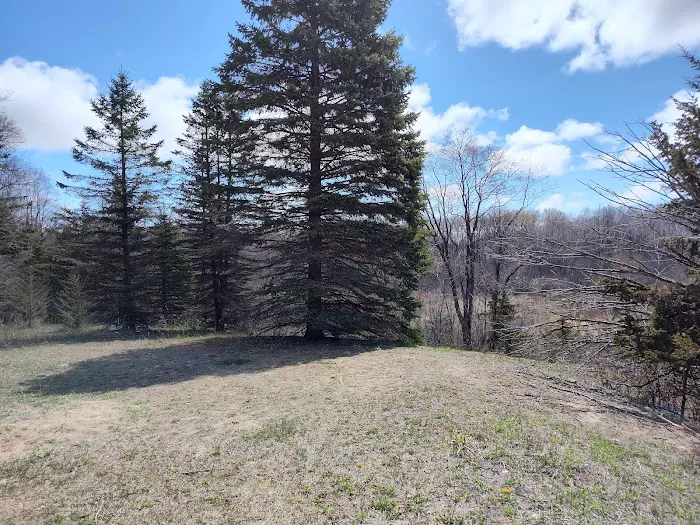
Ice Age National Scenic Trail - Dispersed Camping Site Introduce
The "Ice Age National Scenic Trail - Dispersed Camping Site" isn't a singular, identifiable campground in the traditional sense, but rather refers to specific, designated opportunities for primitive, self-sufficient camping along various segments of the expansive Ice Age National Scenic Trail (IAT) in Wisconsin. This concept is crucial for long-distance hikers and backpackers seeking a deep immersion in nature, offering a stark contrast to developed campgrounds or RV parks. As a unique element within the broader Campgrounds & RV Parks category, dispersed camping on the IAT emphasizes self-reliance and adherence to Leave No Trace principles. This introduction will objectively detail the environment, the extremely limited services, the distinct features of this type of camping, and relevant promotional information, providing a comprehensive understanding for those considering this authentic wilderness experience.
The environment for dispersed camping along the Ice Age National Scenic Trail is as varied and breathtaking as the trail itself. The IAT, a roughly 1,200-mile footpath entirely within Wisconsin, traces the terminal moraine of the last great continental glacier. This means dispersed camping opportunities are set within diverse glacial landscapes, ranging from dense northern forests (like those in the Northern Highland American Legion State Forest or Chequamegon-Nicolet National Forest) to rolling hills, kettle depressions, drumlins, and eskers in the southern and central parts of the state. Campers will find themselves surrounded by the very features that define Wisconsin's unique geological past. The environment is wild and untamed, offering a profound sense of solitude. The air is fresh, often carrying the scent of pine or damp earth, and the soundscape is dominated by natural elements: birdsong, rustling leaves, and perhaps distant wildlife. Water sources, while sometimes available from natural springs or lakes, often require filtering or treatment, and campers must plan for their own water needs. The absence of developed facilities means the campsites blend seamlessly into the natural surroundings, preserving the pristine quality of the landscape. Fall brings spectacular color changes, while summer offers lush greenery and opportunities for swimming in nearby lakes (where permitted). This environment is ideal for those who truly wish to disconnect and experience Wisconsin's wilderness in its purest form, directly engaging with the natural world shaped by millennia of glacial activity.
In terms of services, "Ice Age National Scenic Trail - Dispersed Camping Sites" offers the absolute minimum, aligning with a primitive and self-sufficient camping philosophy within the Campgrounds & RV Parks category. These sites are typically characterized by a complete lack of facilities. There are no designated tent pads, picnic tables, fire rings, or developed amenities like restrooms or running water. Campers must be entirely self-contained and carry in everything they need, including food, cooking supplies, and water. Water sources, if available, are natural (streams, lakes, springs) and require purification. Waste disposal is strictly "pack it in, pack it out"; all trash, including food scraps, must be carried out. Human waste must be managed according to Leave No Trace principles, typically involving digging a cathole at least 200 feet from water sources, trails, and campsites. There are no on-site staff or formal check-in points at these dispersed locations. While some specific "dispersed camping areas" (DCAs) in certain State Ice Age Trail Areas might have a centrally located sign, they still lack facilities and do not require permits or reservations for long-distance hikers. These DCAs are often established in areas where there are no other convenient camping options for thru-hikers. For those seeking even minimal amenities, the Ice Age Trail Alliance and Wisconsin DNR recommend utilizing established campgrounds (state parks, county parks, private campgrounds) or designated backpack shelters/sites along certain segments, which do offer features like vault toilets and fire rings. Dispersed camping on the IAT is for experienced backpackers who understand and can execute primitive camping techniques and leave no trace ethics.
The features of Ice Age National Scenic Trail - Dispersed Camping Sites are defined by their ruggedness and the unparalleled access they provide to the trail's unique geological and natural wonders. The primary feature is the opportunity for true wilderness immersion and solitude. Unlike crowded campgrounds, dispersed sites offer a sense of remote adventure. Campers can choose their own spots (within regulations, such as being 100 feet from the trail and water sources where applicable) that best suit their needs and offer the most scenic views or seclusion. The ability to sleep directly amidst the glacial landforms—moraines, kettles, eskers, and drumlins—that the trail highlights is a unique feature. Hikers gain direct, unimpeded access to these geological features without the need for day-trip planning. The absence of light pollution in many of these remote areas makes for spectacular stargazing opportunities. Dispersed camping facilitates long-distance thru-hiking or multi-day section hiking, allowing campers to cover significant distances without needing to rely on established campgrounds that may be spaced far apart. The sense of self-reliance and connection to nature that comes with carrying all your necessities and setting up camp in an undeveloped area is a significant feature for many outdoor enthusiasts. While campfires might be restricted or discouraged in certain areas, the experience emphasizes low-impact camping. The Ice Age Trail Atlas and Guidebook, while not a feature of the campsite itself, are invaluable resources that help hikers identify where dispersed camping is permitted and navigate the complexities of varying land manager regulations along the trail. The overall feature set is about an authentic, unadulterated backpacking experience on one of the nation's premier scenic trails.
Regarding promotional information, "Ice Age National Scenic Trail - Dispersed Camping Site" is not promoted in the same way as commercial campgrounds within the Campgrounds & RV Parks category. Instead, its "promotion" is embedded within the broader context of the Ice Age National Scenic Trail itself and its appeal to long-distance hikers and wilderness enthusiasts. The Wisconsin DNR and the Ice Age Trail Alliance (IATA) are the primary sources of information regarding camping along the IAT. They emphasize that dispersed camping is primarily intended for long-distance hikers who are doing multi-day trips and have no other convenient camping options. It is not generally permitted for single-night "out-and-back" hikes. A key piece of promotional information is that, unlike many developed campgrounds, no permits or reservations are required for designated dispersed camping areas on State Ice Age Trail Areas, and there are no associated fees directly for dispersed camping itself. However, it is critically important for hikers to understand that camping rules vary significantly depending on the land manager of each specific segment of the trail. Some segments may be on state forests, national forests, county parks, or even private lands, each with different regulations regarding camping, fire, and vehicle access. The IATA strongly promotes the use of its comprehensive Ice Age Trail Atlas and Guidebook, which are available for sale, as essential planning tools to identify permissible camping locations. These guides are invaluable as they provide detailed maps and information on camping options (including dispersed camping areas, designated backpack sites, and nearby developed campgrounds) for each segment. The National Park Service (NPS), a partner in managing the IAT, also provides information on permits and regulations on its website, highlighting the fact that while the trail itself is free to use, some public lands along the trail (like state parks) may charge entrance or camping fees. The promotion of dispersed camping is rooted in the "Leave No Trace" ethos, emphasizing responsible outdoor recreation. The IATA and DNR encourage hikers to check specific segment information and contact relevant land managers (e.g., state forest offices, county parks departments) for the most up-to-date and specific regulations for any given area, as rules can change. The true "promotional" appeal lies in the challenge, solitude, and direct connection to Wisconsin's unique glacial heritage that dispersed camping on the IAT offers to the dedicated adventurer.
Location
Customer Reviews
More Places to Explore Nearby
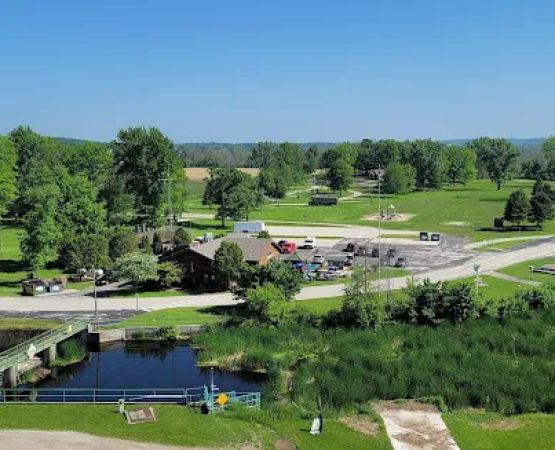
Marsh Campground
Elkhart Lake, WI 53020, USA
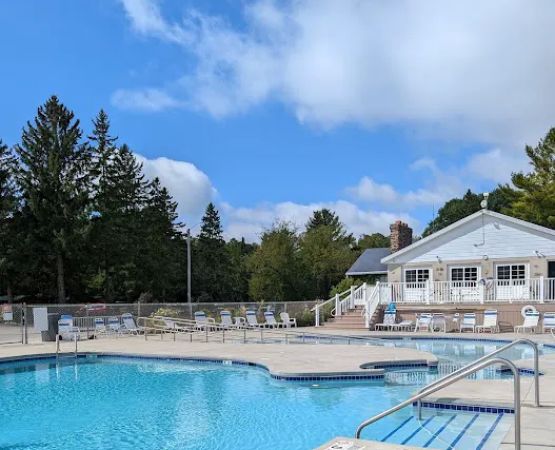
Plymouth Rock Campground
N7271 Lando St, Plymouth, WI 53073, USA
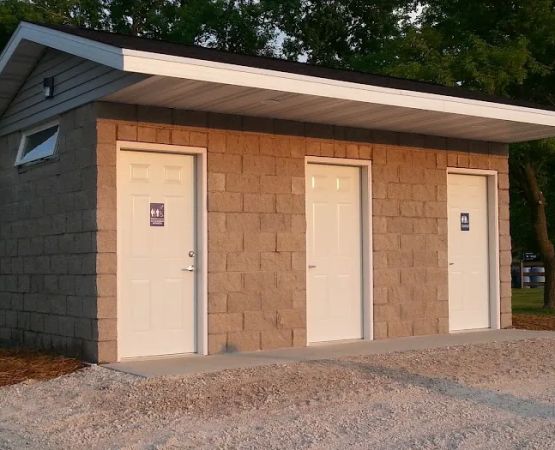
Sundance Farm Campground
W6224 Woodland Rd, Plymouth, WI 53073, USA

Greenbush Campground
Glenbeulah, WI 53023, USA
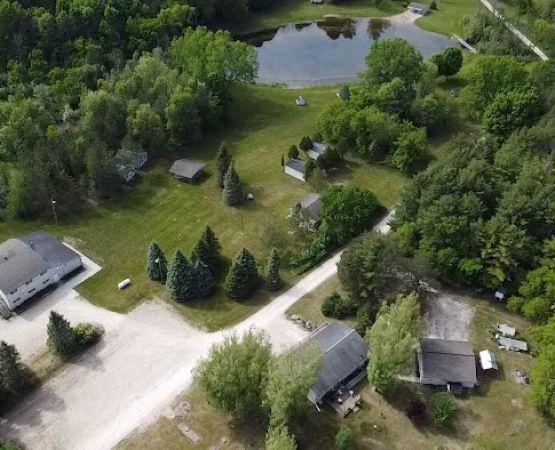
Pine Ridge Campground
W5132 County Rd N, Waldo, WI 53093, USA

Zigs Golf Haven
N, 8540 Lakeshore Rd, Sheboygan, WI 53083, USA
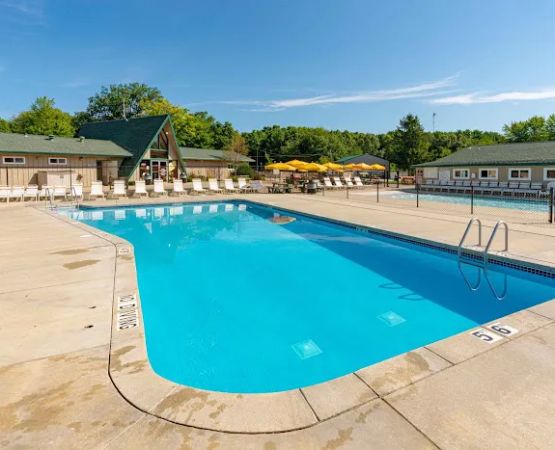
Sun Retreats Fond Du Lac East
N 5456 N Division Rd, Glenbeulah, WI 53023, USA

Larson's Resort
N2980 Ellen View Rd, Cascade, WI 53011, USA
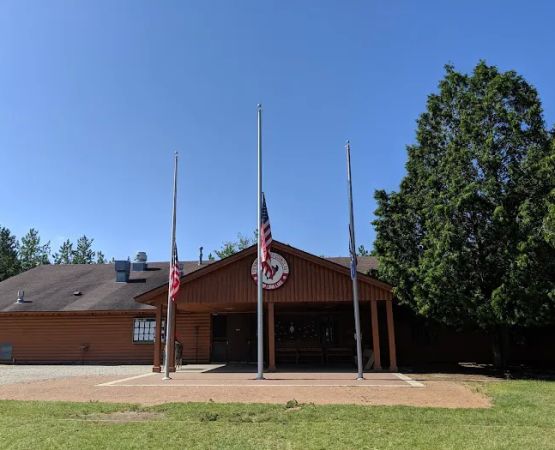
Camp Long Lake Scout Camp - Potawatomi Area Council
N4350 Boy Scout Dr, St Cloud, WI 53079, USA

Benson's Century Camping Inc
N3845 WI-67, Campbellsport, WI 53010, USA
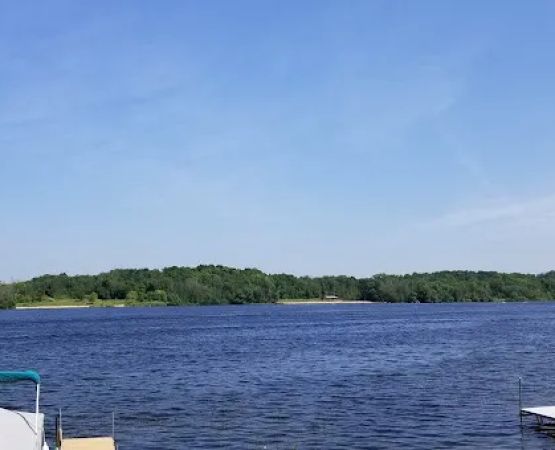
Mr Ed's Campground
N3554 WI-67, Campbellsport, WI 53010, USA

Columbia Park
N10340 Calumet Harbor Rd, Malone, WI 53049, USA
Categories
Popular Campgrounds & RV Parks
 Cosgrove's RV5.0 (1 reviews)
Cosgrove's RV5.0 (1 reviews)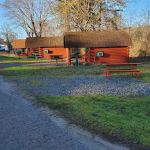 Statesville RV Park I-773.0 (575 reviews)
Statesville RV Park I-773.0 (575 reviews) ATV Campground4.0 (7 reviews)
ATV Campground4.0 (7 reviews) Sunset Campground5.0 (4 reviews)
Sunset Campground5.0 (4 reviews) Camp Cedarcrest4.0 (121 reviews)
Camp Cedarcrest4.0 (121 reviews)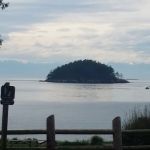 Bowman Bay Campground0.0 (0 reviews)
Bowman Bay Campground0.0 (0 reviews)Must-Read Camping & Outdoor Blog Posts
Most Searched Japanese Restaurant Sites
Trending Camping & Outdoor Blog Posts
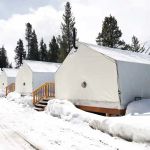 Winter Glamping Retreats in the U.S. You Didn’t Know About
Winter Glamping Retreats in the U.S. You Didn’t Know About Best Family-Friendly Campgrounds with Playgrounds and Kids’ Activities
Best Family-Friendly Campgrounds with Playgrounds and Kids’ Activities Top Family-Friendly Resorts Near Outdoor Adventure Destinations
Top Family-Friendly Resorts Near Outdoor Adventure Destinations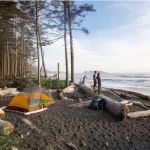 Top-Rated Campgrounds for Exploring National Forests
Top-Rated Campgrounds for Exploring National Forests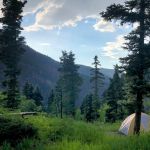 Top-Rated Camping Spots Near Scenic Trails: Explore the Best Outdoor Getaways
Top-Rated Camping Spots Near Scenic Trails: Explore the Best Outdoor Getaways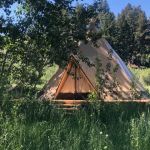 Affordable Luxury Camping Experiences at Top Resorts
Affordable Luxury Camping Experiences at Top Resorts 